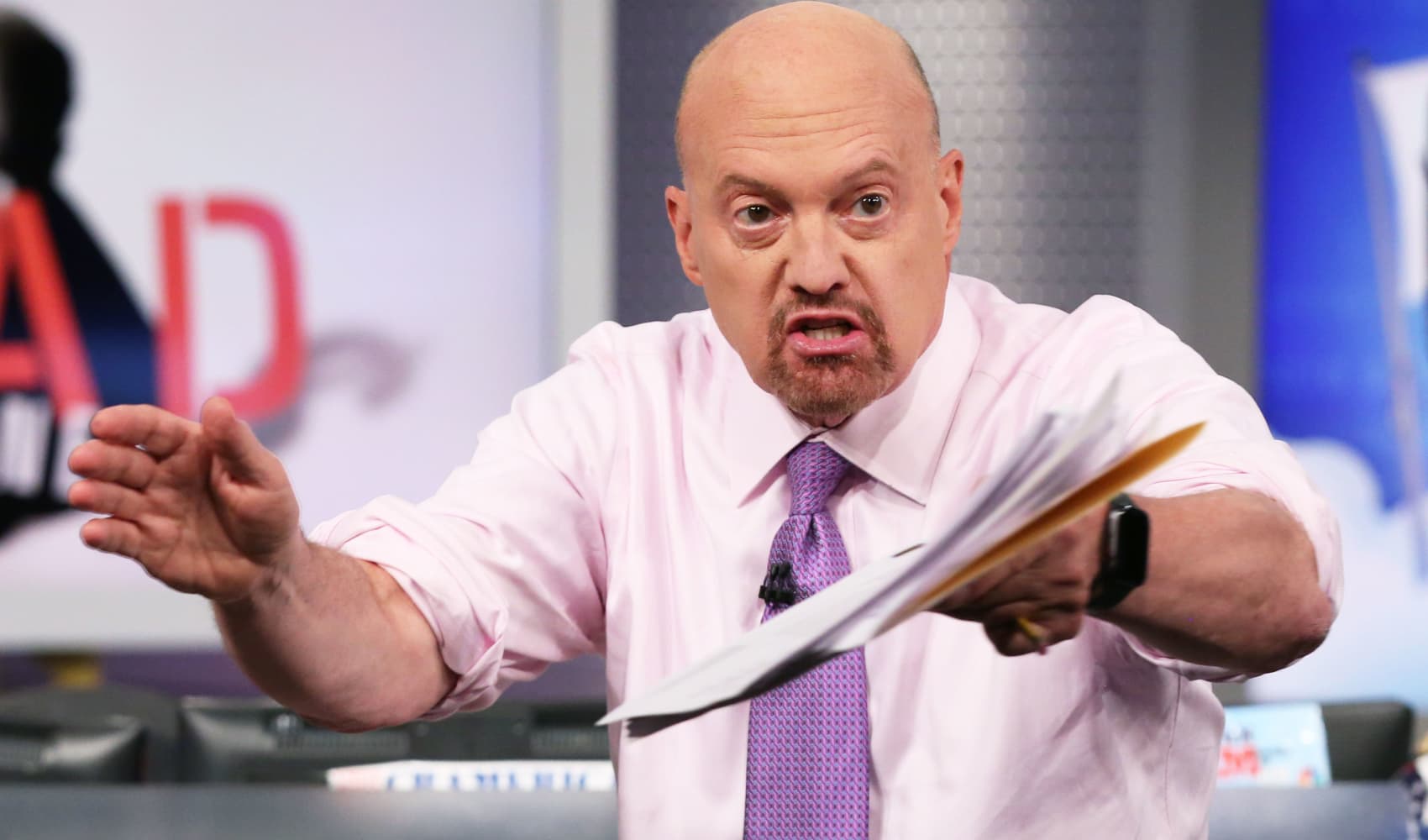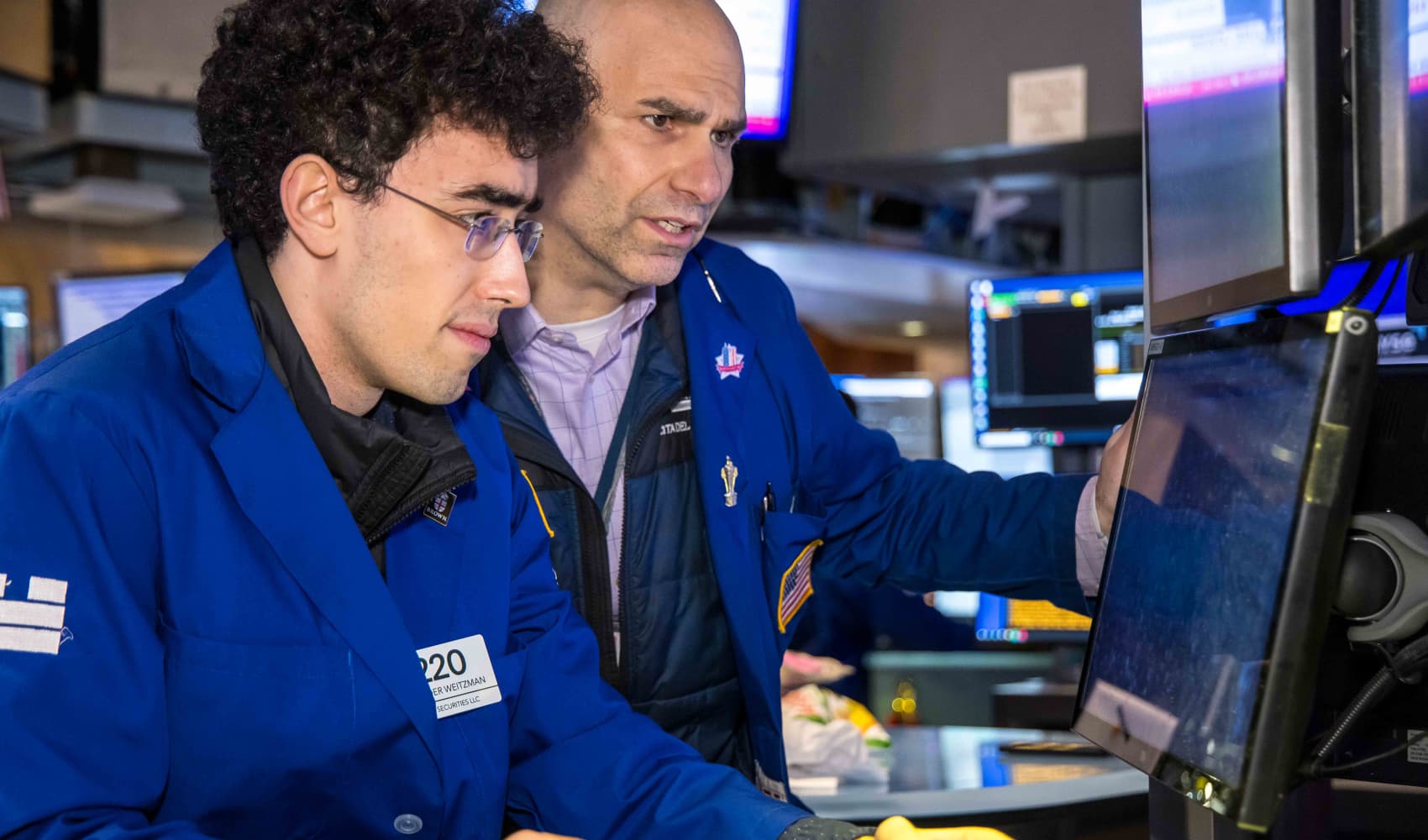
This report is from today's CNBC Daily Open, our international markets newsletter. CNBC Daily Open brings investors up to speed on everything they need to know, no matter where they are. Like what you see? You can subscribe here.
What you need to know today
Just 12,000 jobs added in U.S. in October.
The U.S. economy added 12,000 jobs in October, missing the Dow Jones estimate of 100,000 by a wide margin and marking the weakest level of jobs creation since December 2020. However, the U.S. Bureau of Labor Statistics noted that the number was affected by hurricanes which hit the country and the Boeing strike in October.
Asia markets climb ahead of China's parliament meeting
U.S. stocks rallied Friday to kick off November, as traders shrugged off a disappointing jobs report. The Dow Jones Industrial Average gained 0.69%, the S&P 500 advanced 0.41% and the Nasdaq Composite rose 0.8%. Asia-Pacific markets rose Monday as investors watch the U.S. election, the Federal Reserve's monetary policy meeting and China's monetary policy meeting starting Monday.
We've got the news you need to know to start your day. Sign up for the First & 4Most morning newsletter — delivered to your inbox daily. >Sign up here.
China stimulus will depend on U.S. election
Investors expect Beijing to announce details on fiscal support Friday, when the standing committee of the National People's Congress is due to wrap up a five-day meeting. "The size of China's fiscal stimulus package would be around 10~20% bigger under a Trump win than under the scenario of a Harris win," Ting Lu, chief China economist at Nomura, said last week.
Harris gains ground in Iowa
Iowa is not a state that many pollsters predicted will break for Democratic presidential candidate Kamala Harris. However, the Des Moines Register/Mediacom Iowa Poll revealed that the vice president leads Donald Trump in Iowa by 47% to 44% among likely voters, a seven-point shift since September. Iowa holds six electoral votes.
[PRO] Congress makeup may decide stocks performance
While all eyes are on who will win the Oval Office after election night on Nov. 5 in the U.S., investors will want to pay attention to whether Congress ends up split or united. That, instead of the sitting president, could hold the key to how stocks perform going forward.
Money Report
The bottom line
It's an overused saying, but "the calm before the storm" probably is the best way to describe the start of the week and the day leading up to the U.S. election.
After a packed weekend of closing arguments from both parties in critical swing states, the U.S. now stands on the brink of Election Day, with two very different candidates and two very different positions on a swathe of issues.
Beyond both presidential candidates, it is important to remember that the U.S. president does not operate in a vacuum. Control of both the House and the Senate will also determine the ability of the president to carry out his or her campaign pledges.
For investors, it's like the final moments before a plane lands.
Many would likely be in a wait-and-see mode before plunging back into the markets. With both candidates locked in a dead heat, trying to predict the winner and where markets will go is really like flipping a coin.
Furthermore, while Nov. 5 seems like the huge red circle on the calendar everyone is focused on, the world still goes on after that date. The Fed's next two-day meeting happens on Nov. 6-7, with a Reuters poll of economists expecting a 25 basis point cut.






